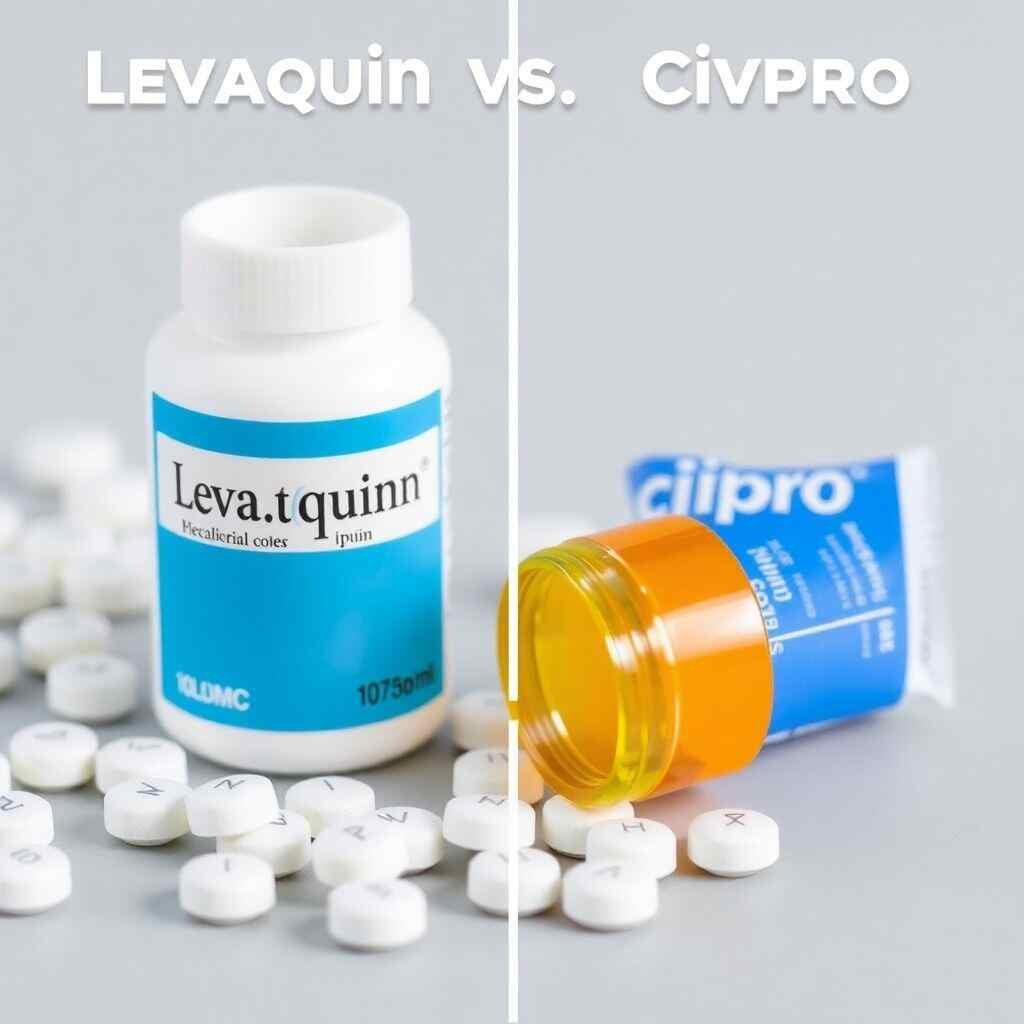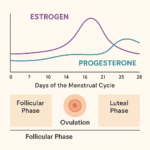Table of Contents

I. Introduction
Definition of Antibiotic Resistance
- Antibiotic resistance occurs when bacteria evolve to resist the effects of medications that once effectively treated them.
- This phenomenon makes bacterial infections increasingly difficult to manage, leading to prolonged illness and a higher risk of complications.
- The World Health Organization (WHO) has classified antibiotic resistance as one of the top ten global public health threats, emphasizing its urgent need for attention and action.
Importance of Antibiotic Resistance
- The implications of antibiotic resistance are profound, affecting not only individual patients but also public health systems worldwide.
- As resistance spreads, common infections can become untreatable, leading to increased healthcare costs, longer hospital stays, and higher mortality rates.
- Combatting this issue requires a multifaceted approach involving healthcare providers, policymakers, and the general public.
Overview of Levaquin and Cipro
- Levaquin (levofloxacin) and Cipro (ciprofloxacin) are both fluoroquinolone antibiotics used to treat various bacterial infections.
- While they share similarities in their broad-spectrum efficacy against gram-negative and some gram-positive bacteria, they also have distinct differences in their side effects and specific uses.
- Levaquin is often preferred for respiratory infections and complicated urinary tract infections (UTIs), while Cipro is commonly prescribed for gastrointestinal infections and certain types of skin infections
II. Levaquin vs Cipro: A Comparison
Mechanisms of Action
- Both Levaquin and Cipro work by inhibiting bacterial DNA replication through targeting enzymes known as DNA gyrase and topoisomerase IV.
- This action prevents bacteria from multiplying, ultimately leading to cell death.
Side Effects
- Both have side effects like Gastrointestinal disturbances such as nausea and diarrhea.
- Cipro may cause insomnia and dizziness.
- Levaquin can lead to constipation and restlessness.
- Both drugs are associated with serious risks include tendonitis and potential tendon rupture, particularly in older adults or those with pre-existing conditions
Contraindications
- Both antibiotics are contraindicated in individuals with a history of tendon disorders related to fluoroquinolones.
- They should be used cautiously in patients with myasthenia gravis due to the risk of exacerbating muscle weakness.
- Pregnant or breastfeeding women are generally advised against using these medications unless absolutely necessary.
Interactions
- Levaquin and Cipro can interact with various medications, including antacids containing magnesium or aluminum, which can reduce their efficacy.
- Additionally, both drugs may prolong the QT interval in patients taking other medications that affect heart rhythm.
Dosage and Administration
- Dosage for both Levaquin and Cipro varies based on the type and severity of the infection.
- Typically, Levaquin is administered once daily due to its longer half-life, while Cipro may require multiple doses throughout the day .
III. Levaquin vs Cipro for Antibiotic Resistance: Causes and Consequences:
Overuse and Misuse of Antibiotics
- The over prescription of antibiotics for viral infections or minor ailments contributes significantly to antibiotic resistance.
- Patients often demand antibiotics for conditions where they are ineffective, leading to unnecessary exposure.
Genetic Mutations in Bacteria
- Bacteria can develop resistance through genetic mutations that alter their susceptibility to antibiotics.
- These mutations can occur spontaneously or be induced by selective pressure from antibiotic use .
Horizontal Gene Transfer
- Bacteria can also acquire resistance genes from other bacteria through horizontal gene transfer mechanisms such as transformation, transduction, or conjugation.
- This process allows resistant traits to spread rapidly within bacterial populations .
Consequences of Antibiotic Resistance
- The consequences of antibiotic resistance are dire; they include increased morbidity and mortality rates from previously treatable infections.
- Healthcare systems face greater burdens due to longer hospital stays and more complex treatment regimens required for resistant infections .
IV.Levaquin vs Cipro for Antibiotic Resistance: Resistance Patterns
Resistance Patterns in Levaquin and Cipro
- Resistance patterns for both Levaquin and Cipro have been documented globally, with increasing rates observed among common pathogens such as Escherichia coli.
- Studies indicate that resistance rates have risen significantly over the past decade .
Mechanisms of Resistance
- Resistance mechanisms include mutations in target enzymes like DNA gyrase or topoisomerase IV that reduce drug binding efficacy.
- Additionally, efflux pumps may expel the antibiotic before it can exert its effects on bacterial cells .
Impact on Treatment Outcomes
The emergence of resistant strains has led to treatment failures in patients previously responsive to these antibiotics. This trend necessitates careful consideration by healthcare providers when prescribing these medications .
V. Prevention and Treatment of Levaquin vs Cipro for Antibiotic Resistance
Antibiotic Stewardship
Antibiotic stewardship programs aim to promote the appropriate use of antibiotics through guidelines that encourage clinicians to prescribe only when necessary. These programs have shown promise in reducing unnecessary prescriptions .
Antibiotic Resistance Testing
Testing for antibiotic susceptibility helps guide treatment decisions by identifying effective antibiotics against specific bacterial strains. This practice is crucial for managing resistant infections effectively .
Antibiotic Resistance Treatment
Treatment strategies for resistant infections may involve using alternative antibiotics or combination therapies that enhance efficacy against resistant strains .
Antibiotic Resistance Prevention
Preventive measures include vaccination programs, improved hygiene practices in healthcare settings, and public education campaigns about responsible antibiotic use .
VI. Conclusion
In summary, understanding the differences between Levaquin and Cipro is essential for effective treatment decisions in an era where antibiotic resistance poses significant challenges. Preventing antibiotic resistance through responsible prescribing practices is crucial for safeguarding public health now and in the future.
FAQs for Levaquin vs Cipro for Antibiotic Resistance
What are the main differences between Levaquin and Cipro?
Levaquin is often used for respiratory infections while Cipro is preferred for gastrointestinal issues.
How does antibiotic resistance occur?
It occurs primarily due to overuse or misuse of antibiotics which allows bacteria to adapt.
What are some strategies to combat antibiotic resistance?
Implementing antibiotic stewardship programs and conducting susceptibility testing are key strategies.
Are there serious side effects associated with these medications?
Yes, both can cause serious side effects including tendonitis; caution is advised especially in older adults.
Can I take these antibiotics if I am pregnant?
Generally no; both are contraindicated during pregnancy unless absolutely necessary.











5 thoughts on “Levaquin vs Cipro for Antibiotic Resistance: Key Insights”